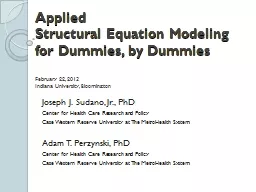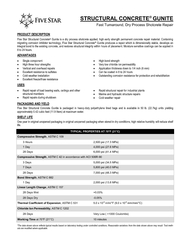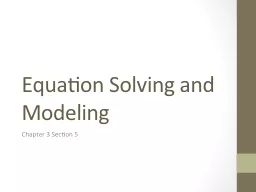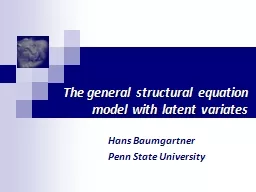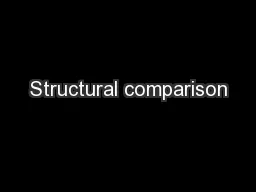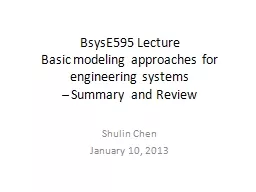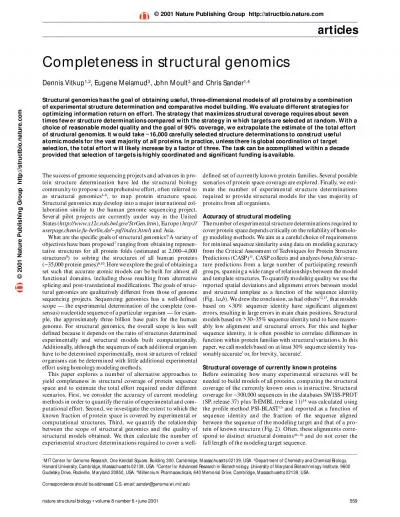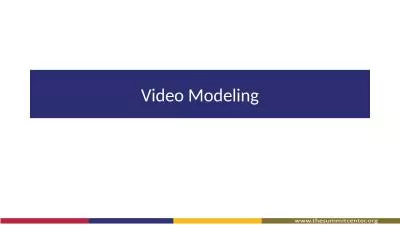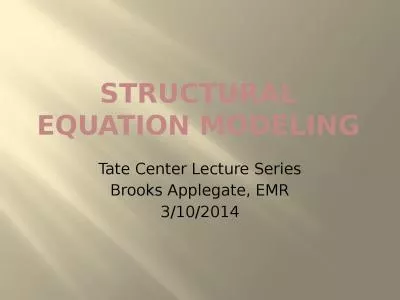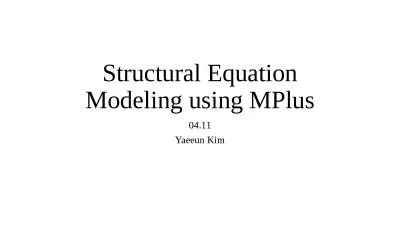PPT-Applied Structural Equation Modeling
Author : alida-meadow | Published Date : 2018-11-04
for Dummies by Dummies February 22 2013 Indiana University Bloomington Joseph J Sudano Jr PhD Center for Health Care Research and Policy Case Western Reserve University
Presentation Embed Code
Download Presentation
Download Presentation The PPT/PDF document "Applied Structural Equation Modeling" is the property of its rightful owner. Permission is granted to download and print the materials on this website for personal, non-commercial use only, and to display it on your personal computer provided you do not modify the materials and that you retain all copyright notices contained in the materials. By downloading content from our website, you accept the terms of this agreement.
Applied Structural Equation Modeling: Transcript
Download Rules Of Document
"Applied Structural Equation Modeling"The content belongs to its owner. You may download and print it for personal use, without modification, and keep all copyright notices. By downloading, you agree to these terms.
Related Documents

